Hair Loss due to Hard Water Still Unclear But Possible.Below is a map showing the locations where the water is the hardest in Canada. Among all the locations, Toronto GTA, Saskatchewan and Alberta are ranked the highest in this category. The studies on hair loss caused by hard water is still unclear. However, from our recent research, we have found out through Google Analytics that heavy users of hair loss products are located in areas where the water is the hardest. How to Prevent Hair Loss Due to Hard Water"Hard" water is typically defined as water that has a high mineral content. While large amounts of calcium are often to blame for the development of hard water, high stores of copper and magnesium can also contribute to poor water quality. It should be noted that laboratory experiments have concluded that there was little appreciable difference in the tensile strength and elasticity of hairs after they were treated with hard and soft water.[1] Anecdotally, however, water with a high mineral content might make your hair feel drier and more brittle, which can contribute to hair loss. If this is your experience there are some steps you can take. Taking Steps to Soften your WaterSoften your water. Although it is unlikely that hard water will lead directly to hair loss, softening the water you use to wash your hair can help you have a healthy and strong head of hair. The most comprehensive way to do this is by lowering the mineral content of the water. Water softener machines are specifically designed to solve this problem.[2]
Get a shower filter. A much more practical and affordable option is just to get a filter for your shower head. These work in much the same way as a regular water filter, by neutralizing pH levels.[4] You will need to replace your existing shower head, but this is a lot cheaper and easier than buying a full water softening system.
Try adding some alum to water. One way to get softer water is set aside a bucket of water from the shower or tap which you will use to rinse your hair. Before you rinse, add a spoonful of alum to the bucket of water. The alum will help the minerals in the water to settle at the bottom.[6]
Look for shampoos that fight hard water. There are shampoos available that are specifically designed for hard water that can help you lower the chances of hair loss.[7] A "chelating" or "clarifying" shampoo is a good choice. These shampoos are designed to tackle and prevent mineral build-up in your hair, but they are harsh so should be used sparingly.[8]
Use a conditioner. It's always a good idea to use a conditioner after you wash your hair in hard water. This will help to prevent your hair drying out and becoming brittle, which can contribute to hair loss. Look for a conditioner with natural ingredients that will moisturise your hair.
Consider a leave in conditioner. To condition your hair even more, you can use a leave in conditioner. This just means you lightly apply it to your hair after washing and let it soak in. Two or three drops of coconut or almond oil gently rubbed into the lower half of your hair will help you to lock in the moisture and prevent dryness.[11]
Add vinegar to the water you use to rinse your hair. Mix one tablespoon of white vinegar with three cups of water. Take a shower, shampooing your hair as normal. The vinegar can remove built-up minerals from hard water, as well increasing shine and body.[12] When it is time to rinse the shampoo from your hair, use the water and vinegar mixture you created. Try a lemon or lime juice rinse. An alternative to vinegar, is a lemon or lime rinse. It works in a similar way to vinegar by breaking down residual salts and minerals in your hair. Lemon and lime juice also strips off excess oil, which makes it an especially good choice for those with greasier hair.[15]
Use filtered water for the final rinse. To cut down on your use of hard water, you could use some filtered water for the last rinse when you are washing your hair. You will need about a litre of water for this. Simply pour it over your head a little at a time to wash out the shampoo and conditioner.[17]
Use rainwater to wash your hair. Rainwater is also a good substitute to hard water when washing your hair, as it very soft and largely free of salts and minerals. Place a large bucket outside during rainfalls, collecting as much of the liquid as possible.[18] When it is time to take a bath or shower, heat the water in batches in a large pot on the stove to medium heat, and use while bathing.
Source: WikiHow Women and Hair Loss: Possible Causes Are you losing more hair than you should, and what can you do about it? The best way to think of the way hair grows is to picture a garden. How well it grows is completely a result of what is happening “underground.” “Like a garden,a normal hair cycle should lead to a product, which is the hair,” says Wendy Roberts, MD, a dermatologist at a private practice in Rancho Mirage, Calif. “Growth cycles are important because when they go awry, that is one of the reasons we have hair loss.” And things that interfere with the cycle -- like medication, illness, infection, or chemicals -- have the potential to stop hair from being formed properly. "It’s a very dynamic place and anything that can get the cycle off can cause hair loss,” Roberts says. Although hair loss may seem like a more prominent problem in men, women are nearly as likely to lose, or have thinning, hair. Most women notice it in their 50s or 60s, but it can happen at any age and for a variety of reasons. Way to Grow Hair grows in three different cycles: anagen, catagen, and telogen. About 90% of the hair on the head is in the anagen, or growth phase, which lasts anywhere from two to eight years. The catagen, or transition phase, typically lasts 2-3 weeks, during which the hair follicle shrinks. During the telogen cycle, which lasts around two to four months, the hair rests. An overwhelming majority of the time the hair is on the scalp, it is growing. Only about 10% of the strands are in transition or resting at any one time. Hair grows about 6 inches a year for most people. At a Loss Most people lose anywhere from 50 to 100 strands of hair each day, according to the American Academy of Dermatology. On the days when hair is washed, people can lose up to 250 strands, Roberts said. But don’t avoid washing in an attempt to keep the hair, as it will fall out eventually, anyway. For those who don’t plan on counting their hair every day, there are ways to know when hair is thinning or being lost at a higher rate. Roberts tells WebMD that women will see a difference. When waking up in the morning, there may be an usually large amount on your pillow. When you comb your hair (especially without tugging, which can pull the hair out), more than normal will be left in the comb. There are also other visual cues that women can look for over time. Although men’s hair tends to recede from the forehead or the crown of the head, women tend to notice thinning on the top third to one half of the scalp. Sometimes their frontal line stays intact, says Nicole Rogers, MD, of Old Metairie Dermatology in Metairie, La. Women may see a part that is gradually becoming wider or see more of their scalp than normal when their hair is pulled back. When a patient comes in with concerns about hair loss, there is a combination of ways to make a diagnosis, Rogers says. Preliminary blood work is usually taken to make sure the thyroid gland or an autoimmune disease isn’t the culprit. In Your GenesAnother way to diagnose what the problem is just by looking and listening, Rogers says. She asks what a patient’s mother, aunts, or grandmothers look like - if they have similar, or greater amounts, of hair loss. Using magnification on the scalp can show if a woman’s follicles vary in size - with some thick and others thin. These are two telltale signs of female pattern hair loss, also called androgenetic alopecia. This is a hereditary condition that affects about 30 million American women, according to the America Academy of Dermatology, and is the most common kind of hair loss Rogers sees in her practice. She tells WebMD that it happens to about 50% of women. Although it mostly occurs in the late 50s or 60s, it can happen at any time, even during teenage years, Rogers says. Typically, each time a normal hair follicle is shed, it is replaced by hair that is equal in size. But in women with female-pattern hair loss, the new hair is finer and thinner - a more miniaturized version of itself, Rogers says. The hair follicles are shrinking and eventually they quit growing altogether. Medical and Other ConditionsIf hair follicles are uniform in size, or if the hair loss is sudden, it is likely to be caused by something other than heredity, like a medical condition, Rogers says.
There are a wide range of conditions that can bring on hair loss, with some of the most common being pregnancy, thyroid disorders, and anemia. Others include autoimmune diseases, polycystic ovary syndrome (PCOS), and skin conditions such as psoriasis and seborrheic dermatitis, Rogers says. Though there has been a link between menopause and hair loss, Roberts says she doesn’t think there is a direct correlation. It could be that menopause and hair loss just occur at the same age. Other reasons for hair loss include extreme stress; physical trauma like surgery or intense illness; dramatic weight loss over a short period of time; and taking too much Vitamin A, Roberts says. And hair loss can occur a couple of weeks to six months after any of these experiences. “Someone can have surgery and be just fine and then two weeks later their hair starts falling out,” Roberts says. “It can be very scary when it starts falling out in big clumps.” Easy Does ItOne other way to thin hair is self-inflicted - hairstyles like cornrows or too-tight braids can cause hair loss called traction alopecia. All of the things women do to manipulate their hair -- dyes, chemical treatments, bad brushes, blow dryers, and flat irons -- can result in damage and breakage, Roberts says. This includes brushing too much and towel drying aggressively when the hair is wet. Luckily, for most of these issues, the hair grows back or the loss can be reversed with medical treatments. But it is important to see a dermatologist if there seems to be something wrong, because the sooner treatment is started, the better the chances are for improving your growing season. WebMD Feature Reviewed by Brunilda Nazario, MD on June 11, 2012 8 things you didn't know could be making your hair greasyWe know that many of you struggle with having to wash your hair every day because the grease is unbearable (here are 14 eternal struggles, to be specific), but getting to the root of the problem – quite literally – makes more sense than battling the beauty affliction. So here are 8 things to stop doing that could be the cause of your greasy hair. 1. Touching your hair too oftenMORE FROM HAIR 15 super-gorgeous pastel dye jobs Zendaya's secret to getting super healthy curls This is why your hair goes grey...Like constantly touching your face (which is a whole other beauty blunder in itself) fiddling with your hair – flirtatiously or out of boredom – transfers oils from your fingertips to your strands. Also try and (nicely) discourage your boyfriend from touching your hair too much in bed – feels nice but doesn't look nice come morning. 2. Over-washingYes, you wash it to cleanse the grease, but no, it doesn't help. Unfortunately daily shampooing can strip your scalp of its natural oils – so it produces more in a bid to replace them. Try cutting back on washing your hair to every other day at least, or 2/3 times a week. Your hair will thank you in the long run. 3. Over-conditioningBe cautious with conditioner. You may be applying a conditioner that's too heavy for your hair type, which can weigh it down. Or you may not be washing it out properly – another grease-giving culprit. And finally avoid placing your conditioner all over your hair, focus on the ends to avoid causing oily roots and lank lengths. 4. Over-brushingBrushing your hair too much can stimulate oil production, which at first looks glossy, but soon looks greasy. Again, stick to detangling the lengths and ends if you've got an obsessive hair brushing habit. 5. Your hairbrush is dirtyMORE FROM HAIR How to know if short hair will suit you 14 brunette hair trends set to be HUGE this summer "I wore Kylie Jenner-style wigs for a week"Your hairbrush can harbor all sorts of nasties – build-up of stale styling products and dust are only the obvious ones! A clogged brush will transfer these onto the hair, making it feel dirty, so make sure yours is cleaned properly on a regular basis. 6. Your hairbrush is full of hairA hairy brush might not seem like an offender, but if your hair is greasy (which it is otherwise you wouldn't be reading this) by using a brush clogged with hairs you'll only be transferring grease from old strands back onto your clean hair. Fail. 7. Applying the wrong productsYou may be choosing styling products that aren't compatible with your hair. Look for lightweight formulas and avoid ones that promise 'shine' and 'moisture' which would be better suited to dry or dull hair types.
8. Product build-up that needs detoxingStyling products can cause the scalp and strands to become clogged up. If you're a dry shampoo junkie (like most greasy hair sufferers), you might want to give your locks a detox by using a clarifying shampoo 2-4 times a month, or a product designed to exfoliate the scalp. It is the gateway to healthy hair, after all. Source: http://www.cosmopolitan.com by Bridget March |
AuthorBy Masaakii Archives
May 2024
Categories
All
|
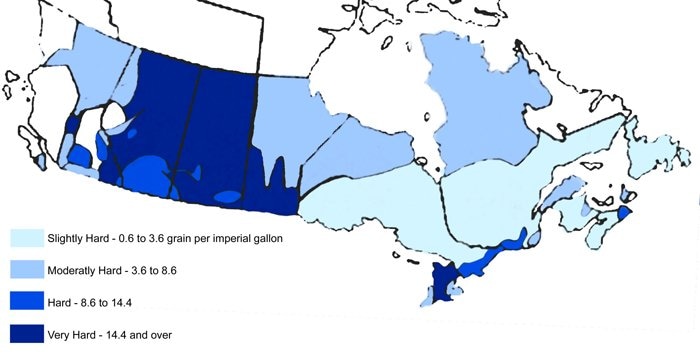
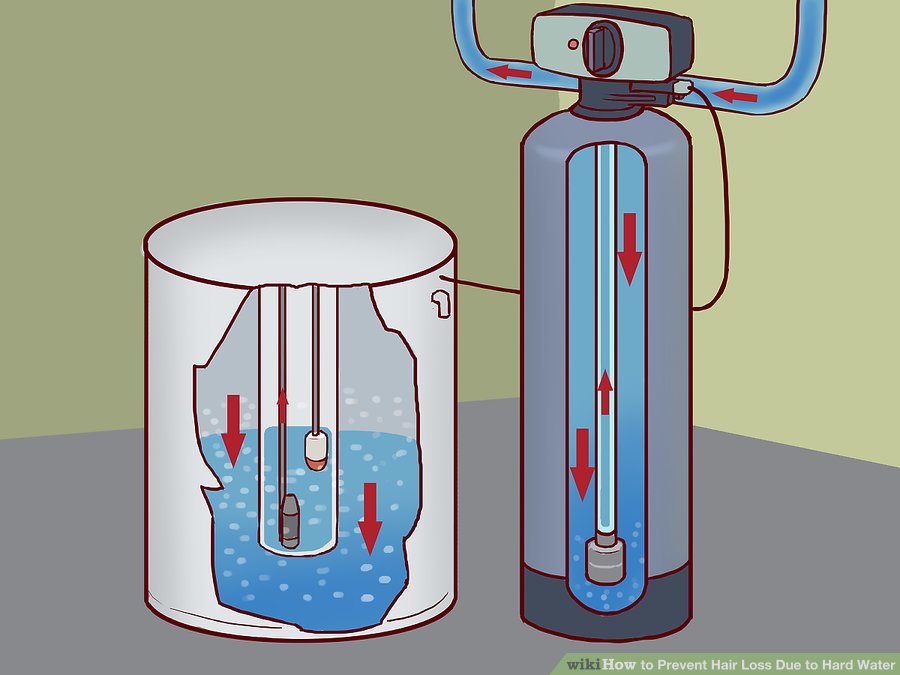
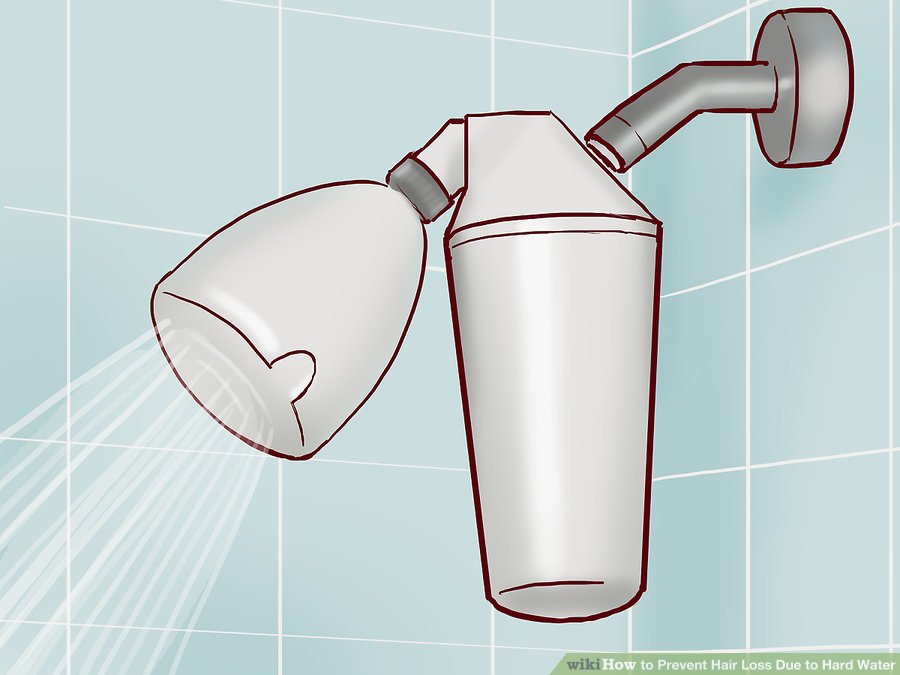
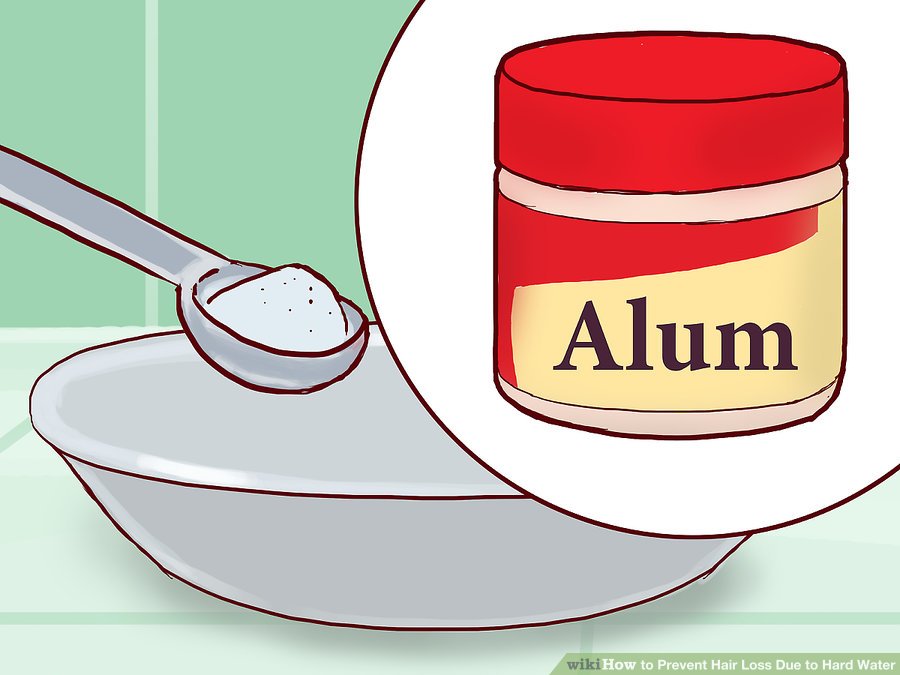
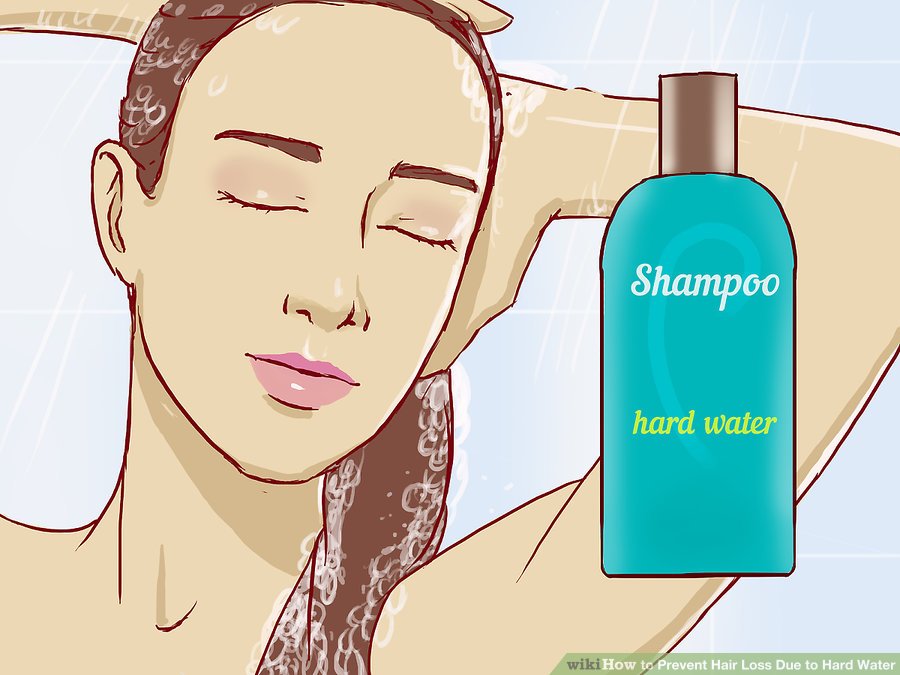
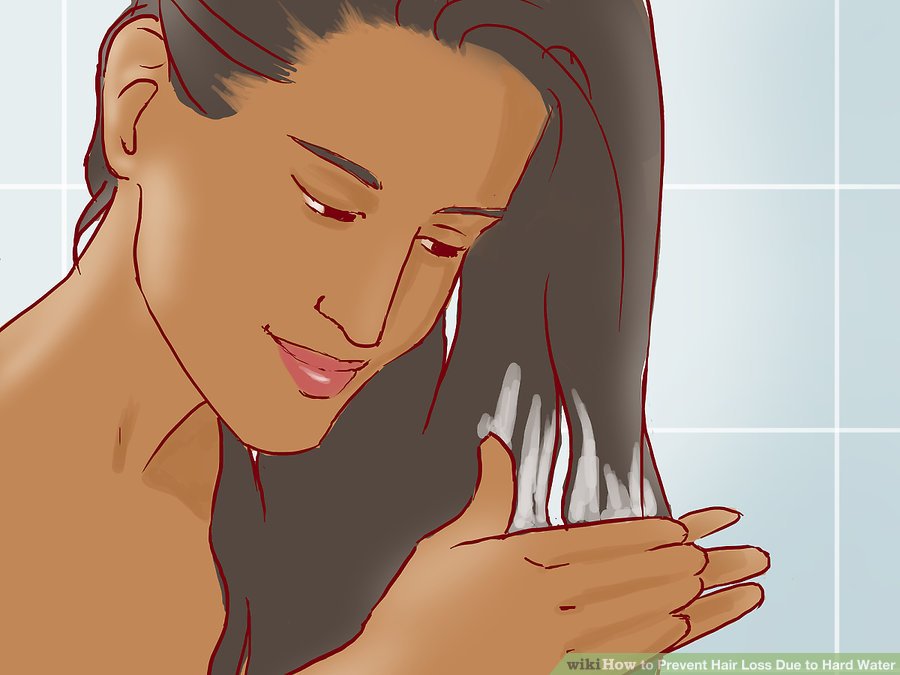
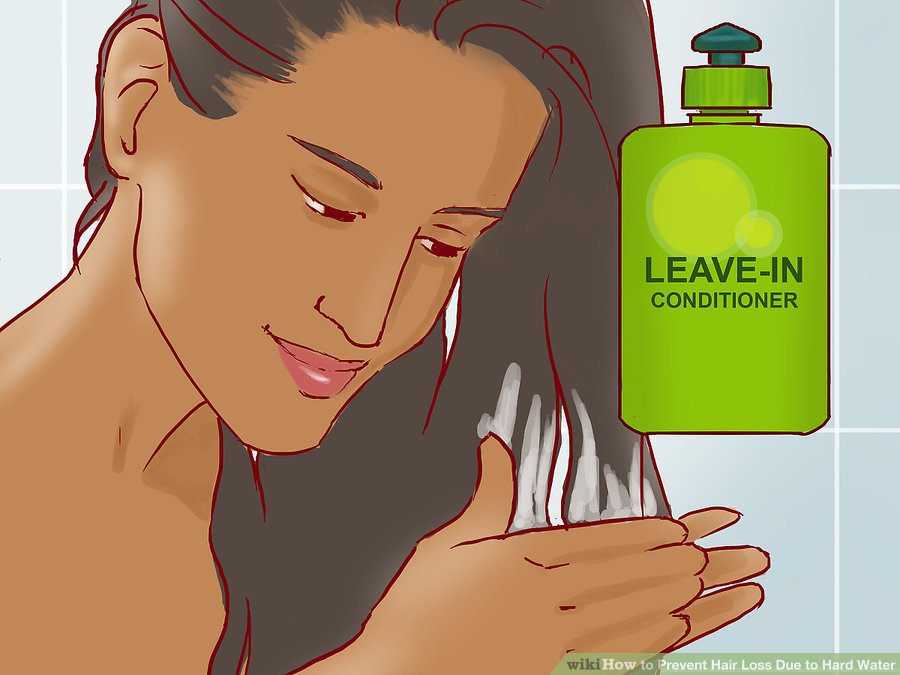
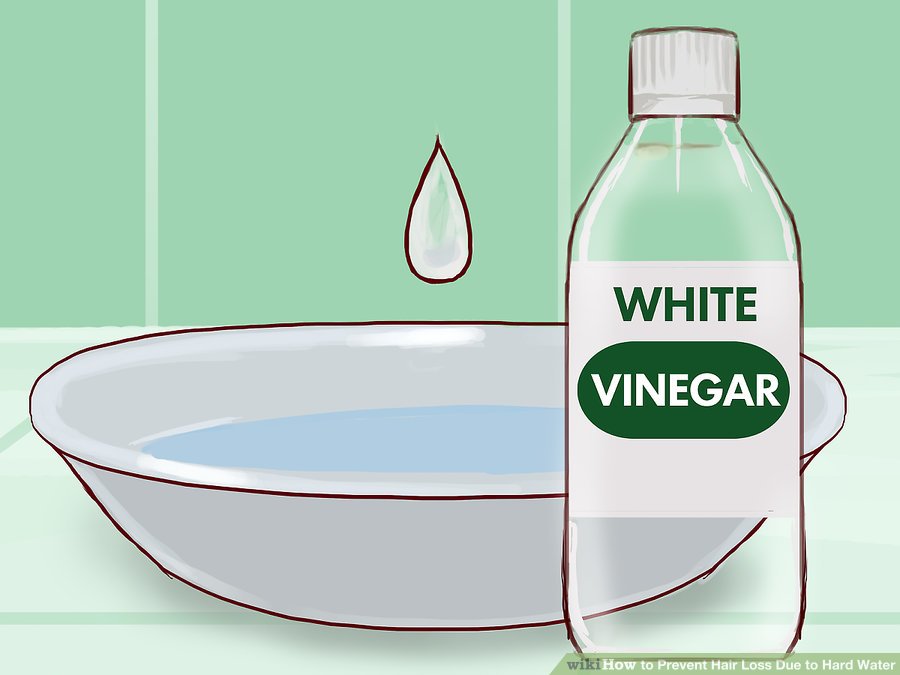
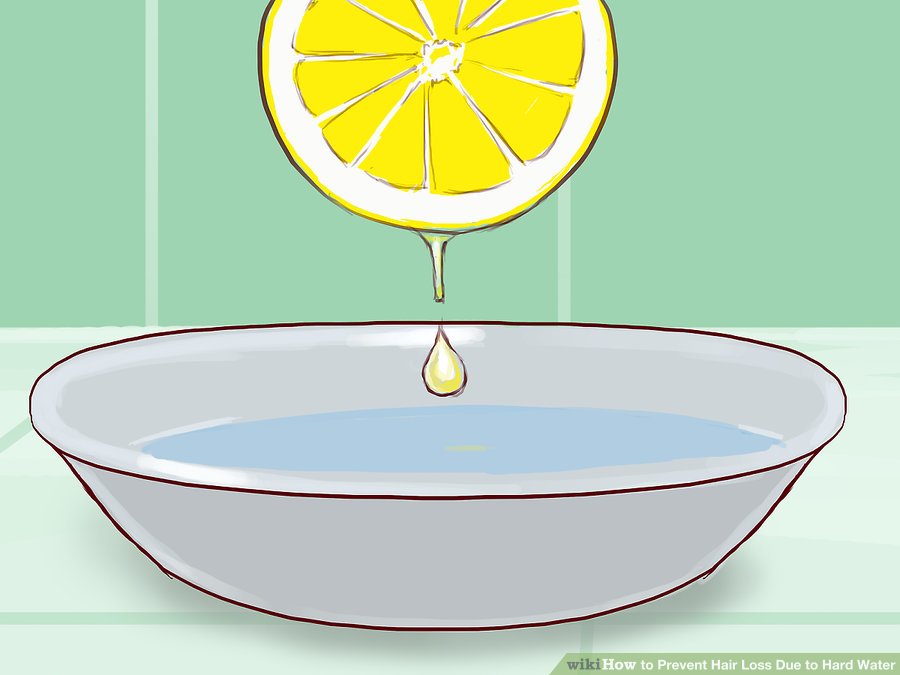
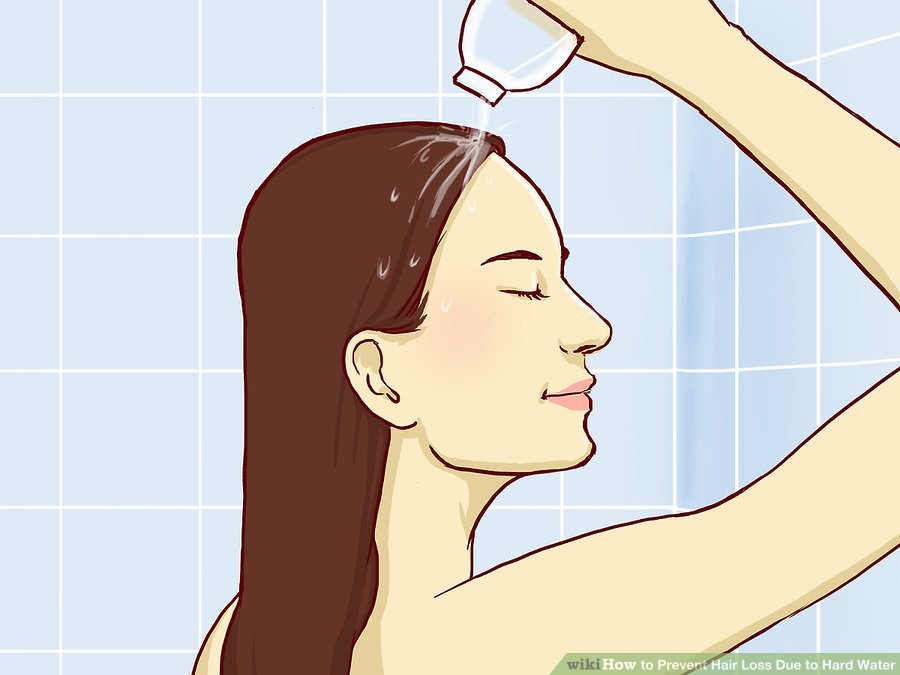
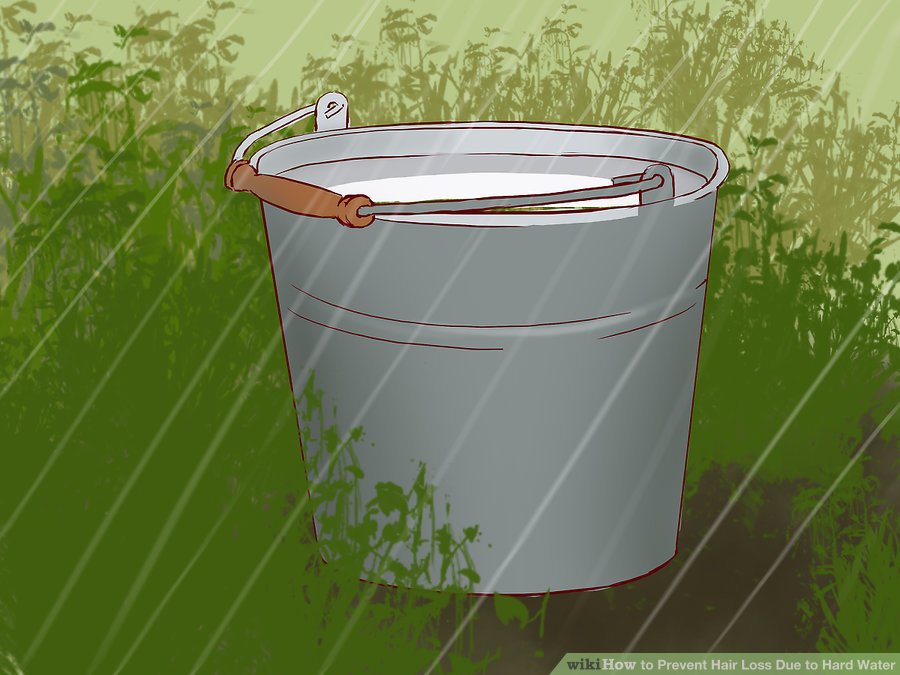
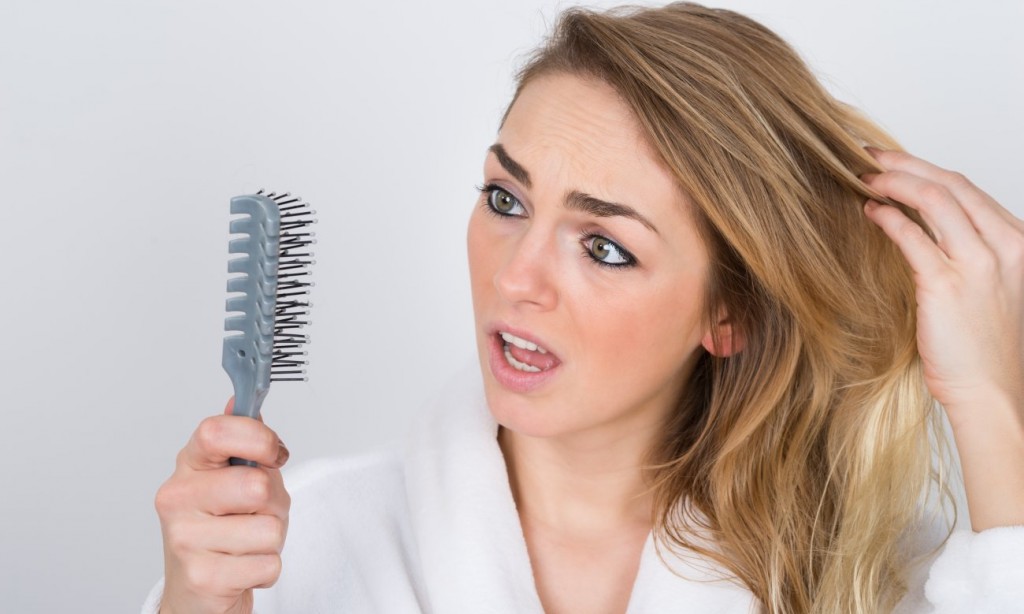
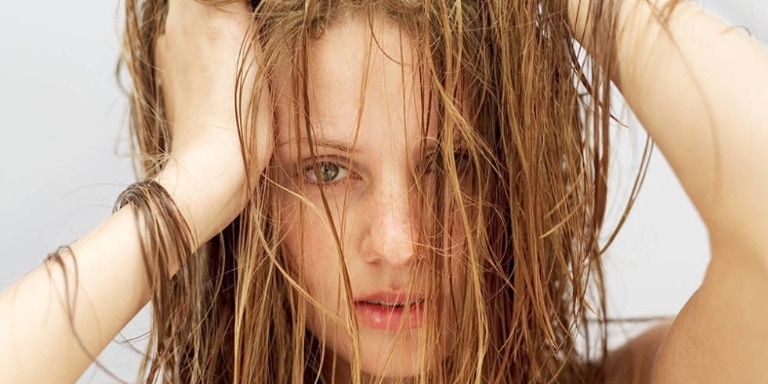
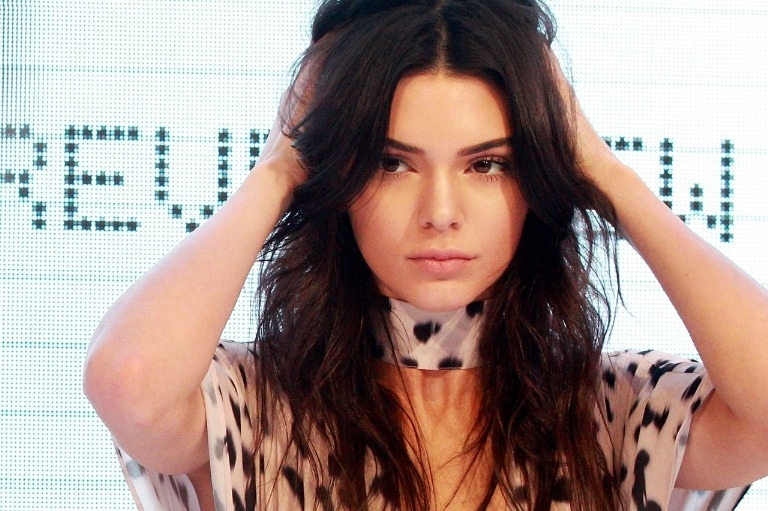

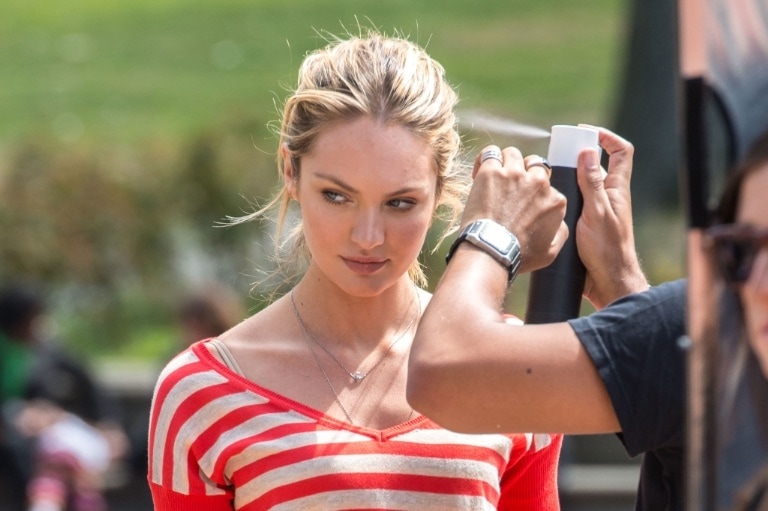
 RSS Feed
RSS Feed